Myths about cavities
1. “All oral bacteria bad.”
This is far from the truth. Only a small fraction of oral bacteria cause disease. However, you must carefully control destructive bacteria such as mutans streptococci through proper oral hygiene and plaque removal from dental surfaces.
Some oral health professionals have even put forth the idea that controlling harmful bacteria can also be achieved through cultivating good bacteria. In particular, avoiding sugar and eating a well-balanced diet rich in probiotics will allow beneficial oral bacteria to flourish and push out harmful bacteria.
2. “I only need to see a dentist if there is pain.”
Once pain is present, it is often too late. Most people cannot feel or even see the presence of a cavity until it is in an advanced stage. That’s why regular dental checkups are so crucial. Dentists are specially trained to detect cavities in their earliest stages of formation.
Catching a cavity early can allow the patient to adjust their oral hygiene habits accordingly and prevent future cavities. Early detection also makes treatment much more accessible.
A simple dental filling, for example, will be much less painful than multiple root canals or tooth extraction.
3. “My cavity doesn’t hurt; I can put off treatment for now.”
Waiting for a cavity to cause a toothache before treatment is the worst course of action. When a cavity elicits physical oral pain, it may have already infected the inner pulp or even the underlying periodontal bone. A lack of pain does not indicate that there are no cavities.
The best time to treat a cavity is while the cavity is still small. Stopping the progression of a cavity and limiting damage to the tooth is vital. Once a cavity has penetrated the inner pulp, the tooth may already be lost.
4. “No candy, no sodas, no problems . . . right?”
Most of the destructive strains of bacteria that constitute dental plaque metabolize sugar. Hence, without sugar, they would not be able to proliferate. Many people wisely cut out candy and sugary beverages to control oral bacteria. While this is a great start, you should be aware of the hidden sugars in your diet.
You can find sugar in everything from household condiments such as ketchup to fruits.
Most worrying, however, are the simple starches found in many baked goods and processed foods. While bread, for example, can provide just as much fuel for bacteria as candy. That’s because simple carbohydrates easily break down into sugars in the mouth. Even worse, white bread, potato chips, and similar foods tend to stick to your teeth longer, allowing plaque to gain a sticky foothold on dental surfaces.
Where there is plaque, cavities may not be far behind!
About dental cavities
Very few people enjoy going to see their dentist. For most, the experience of sitting in the dentist’s chair, and grimacing uncomfortably as the dentist goes about their business isn’t their idea of a vacation.
For some, the dentist usually admonishes them to floss more and sends them on their way. However, for many, a visit to the dentist can result in a more severe diagnosis.
You have cavities
“You have cavities” is one common diagnosis you may hear from your dentist after a routine visit. For many, this only raises more questions than it answers. If you’ve been told that you have one or more cavities, here’s what it means:
What are cavities?
A cavity, also known as dental caries, is damage to the tooth as a result of a buildup of acid produced by oral bacteria. Often, cavities are characterized by a hole, or penetration, in the outer dental enamel.

Over time, this hole, or cavity, can grow broader and deeper until it reaches the inner pulp, which can then result in severe pain, inflammation, and infection.
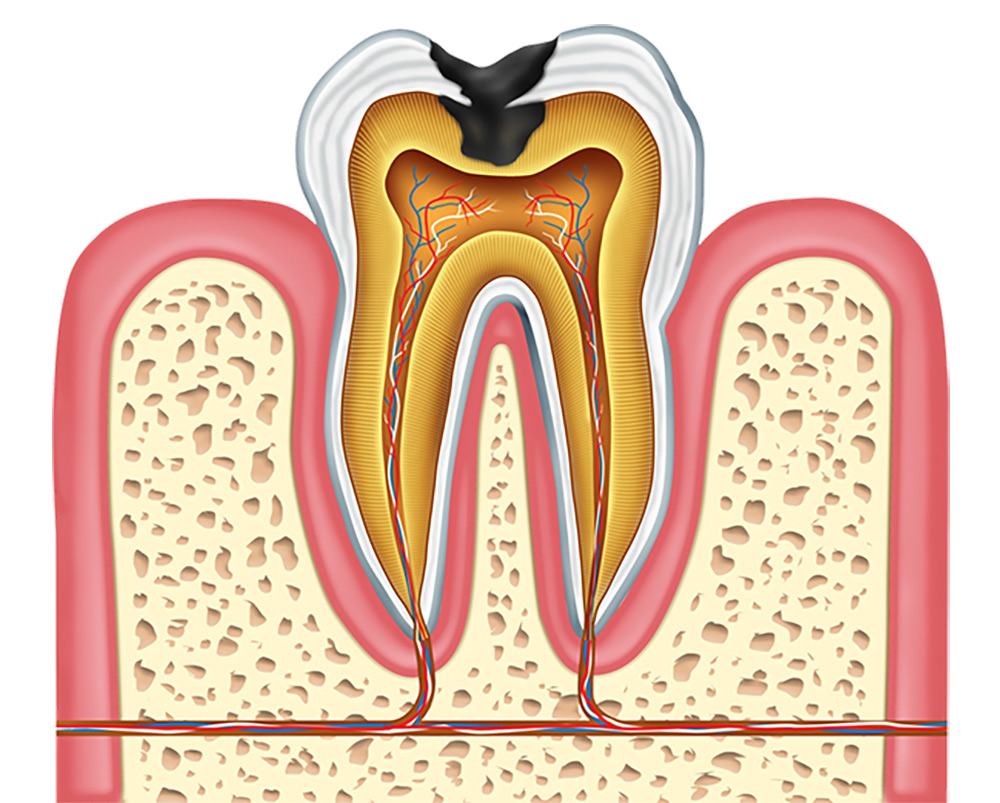
Massages are also a great way to reduce stress and tension in the body, including the jaw muscles.
What causes cavities?
Cavities are the direct result of poor or incomplete oral hygiene. In particular, cavities are created through the action of plaque on the surfaces of teeth. Plaque is nothing more than a buildup of various strains and species of oral bacteria on your teeth. It is often visible as a white or yellowish, sticky substance on your teeth.
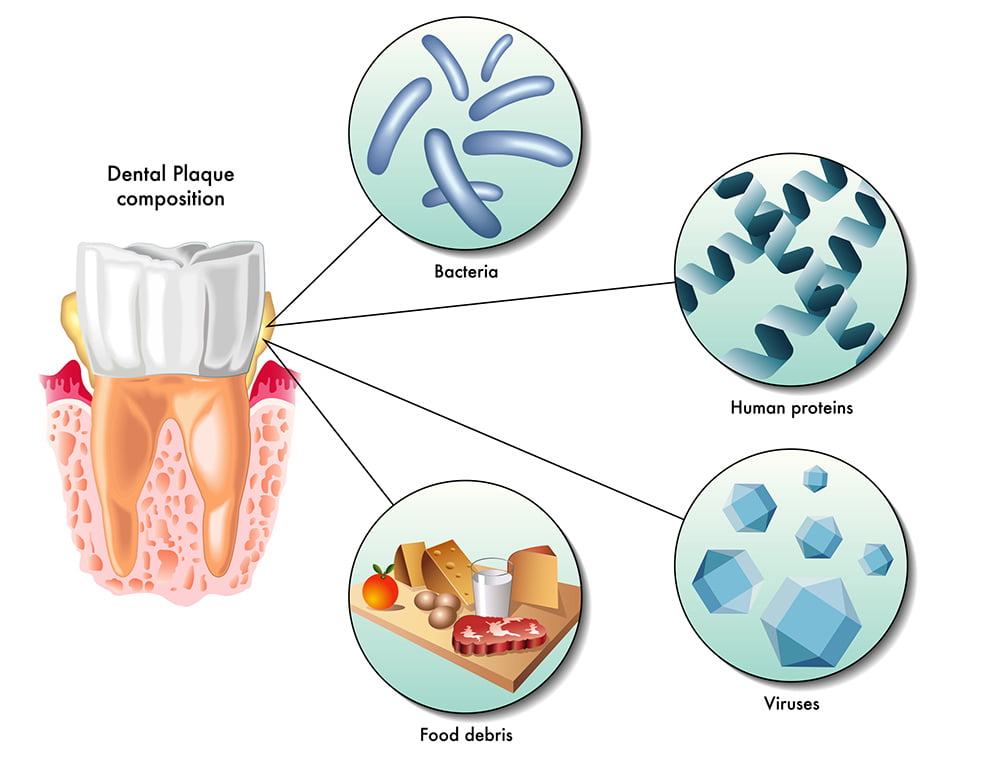
Following are some key details about cavities and plaque:
So, in summary, plaque is the primary cause of major oral health issues. It is established quickly but is preventable through diligent personal and professional teeth cleaning habits.
How do cavities form?
Plaque left untreated results in a buildup of acidic bacterial waste. This bacteria will slowly erode or demineralize, making your teeth weaker and more susceptible to further damage. Eventually, bacteria-produced acids will create a cavity.
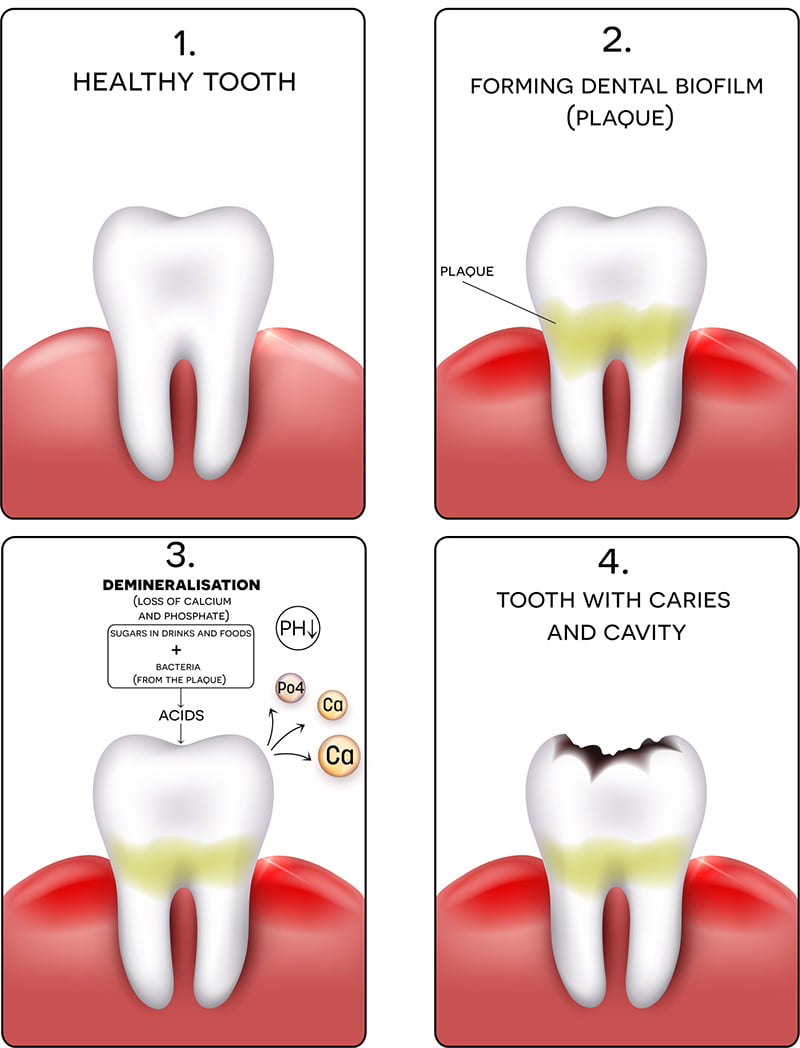
Cavities tend to form through the following progression:
Progression often spans months to years without sensations initially. That’s why dental X-rays, visual inspection and dental explorer probing help detect issues early before reaching inner structures.
Catching demineralization early curbs cavitation through remineralizing interventions.
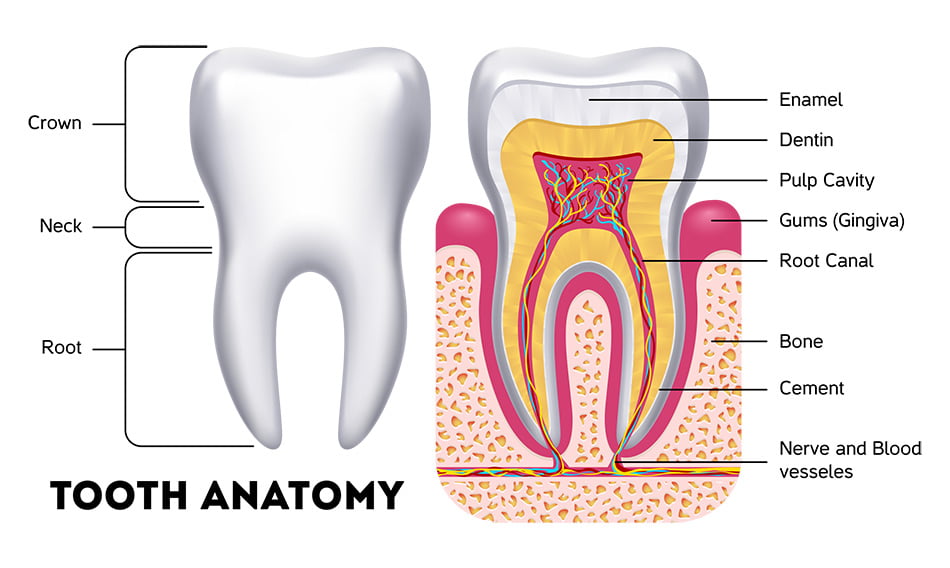
How do you prevent cavities?
Preventing cavities is easy, cost-effective, and relatively painless. It starts with rigorous oral hygiene and can be further enhanced with a healthy, balanced diet and lifestyle. The first steps to preventing cavities are to brush twice per day with fluoridated toothpaste, floss every tooth every day, and visit a dentist for dental checkups and a teeth cleaning at least once a year. These are the core fundamentals of good preventative oral care.
However, sometimes even brushing, flossing, and seeing a dentist regularly may not be enough. To enhance your oral health regimen and reduce your chances of developing cavities, you’ll want to watch what you eat and take care of your body.
Cavity-inducing bacteria metabolize sugar for energy. As a result, sugary foods can often cause bacteria to proliferate on your teeth. To reduce your chances of developing cavities, you’ll want to cut out the sugar. Furthermore, oral health is intimately linked to the health of your body as a whole. The condition of your body as a whole plays a significant role in the health of your mouth. A weakened immune system may allow oral infections to gain a foothold. To keep your mouth healthy, keep the rest of your body healthy as well through adequate sleep, exercise, and a healthy diet.
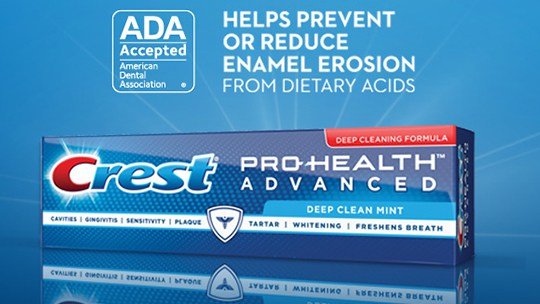
The most effective ways to prevent cavities:
Forming good daily oral hygiene habits coupled with twice-yearly dental visits provide thorough prevention against the bacterial byproducts and acids that ultimately destroy tooth surfaces, leading to cavities.
 Written by Dr. Reza Khazaie
Written by Dr. Reza Khazaie